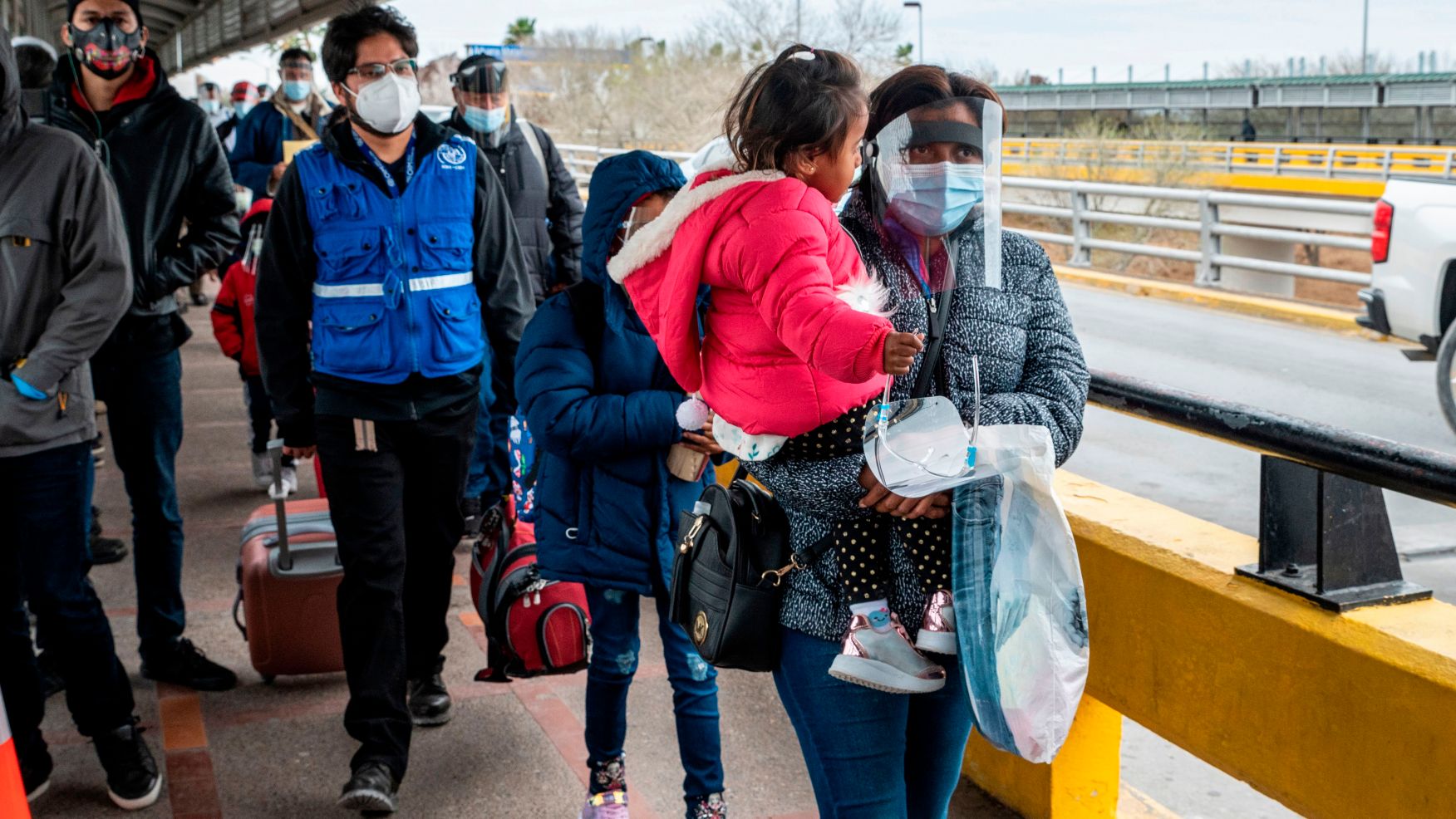
No, it isn’t a ‘surge’: How the migrant crisis is altered by the language we use
Focusing on month-to month changes at the border is misleading, but so is the language we use to describe the ongoing refugee crisis.
The unaccompanied children and teenagers at the U.S.-Mexico border came from somewhere, and traveled hundreds of miles for a reason, seeking refuge in the only place they can, usually because their parents are already residing in the country.
Yet, these minors in recent weeks have been painted as “insurgents,” who are “breaching” the southern border in overwhelming numbers. They are desperate refugees, constantly painted as the aggressors in the context of border security and the false narrative of scarce resources.
Across major outlets, the word “surge” has been widely used, even the word “hordes” as if there has been a rally to the wall by these children in an attempt to overwhelm authorities. It’s a word that implies negativity.
Of course, it’s not an easy situation for any party — U.S. officials or the minors themselves, but this language is unproductive in communicating the seriousness of the situation, especially for the children.
Coverage has lingered on the depiction of a “surge” rather than the bigger story, that the federal government was unprepared to address the incoming situation, “despite ample warning” that it was impending. Now, the Biden administration is indeed “scrambling” to provide adequate shelter for these children, and fighting public critiques for its response.
Former President Donald Trump ended Title 42, a measure implemented near the start of the Covid-19 crisis in the U.S. allowing for rapid expulsion of unauthorized border crossers and asylum seekers. Migrants were not afforded the right to make a case before an immigration judge to stay in the U.S., and most that were subject to Title 42 measures were quickly returned to Mexico.
In November 2020, a federal court ordered a halt to the practice, and on Jan. 29, 2021, the stay was lifted by D.C. Circuit Court of Appeals, allowing minors to be expelled pending its review of the case, but the Biden administration decided against the practice.
Still, it continues to send back adults and families.
“Our message has been straightforward — the border is closed,” DHS Secretary Alejandro Mayorkas said at a press conference Sunday, March 21. “We are expelling families. We are expelling single adults. And we’ve made a decision that we will not expel young, vulnerable children.”
As a result, expulsions of unaccompanied children fell from 3,200 in October to over 1,500 in November, to three in December and 18 in January, according to a Border Patrol report.
This decrease in expulsions of minors is what has led to an influx of children who had been unable to seek asylum for over a year.
This is where language comes into play again.
Outlets are calling the migrant situation a breach without there being one. The word implies that the unaccompanied minors are attempting to sneak in, or that they are cutting a hole in the border fence. The minors, largely from Central American countries like Honduras and Guatemala, arrive at the border and ask for asylum, and then they are processed.
What has made things difficult is the federal government’s unpreparedness for an otherwise predictable situation.
Yes, 2020 apprehensions are drastically lower, but it must be considered within this context — as an anomaly because of Title 42.
The total number of apprehensions this year, while increasing, is actually lower than in 2019, and in some ways 2021 can be seen as a continuation from 2019.
Currently, the U.S. government has about 15,000 unaccompanied migrant minors in its custody, but this isn’t new, and has been an ongoing trend since 2014.
RELATED CONTENT
This is the graph that @mehdirhasan showed last night explaining the migrant apprehensions at the border, the increase happening in Trump's last year is notable pic.twitter.com/K0OIbF1zNi
— Jesse Rodriguez (@JesseRodriguez) March 22, 2021
This suggests, according to UC San Diego Professor Tom K. Wong, that the Title 42 expulsions delayed these prospective migrants from coming, rather than deterring them, and they are arriving now that the measure has been revoked.
“For example, the Jan to Feb increase in 2019 was 31%. This is actually higher than the current Jan to Feb increase in 2021 of 28%. Note: 2020 is excluded due to the pandemic (leading to Title 42 expulsions)” Wong wrote on Twitter.
For example, the Jan to Feb increase in 2019 was 31%. This is actually higher than the current Jan to Feb increase in 2021 of 28%. Note: 2020 is excluded due to the pandemic (leading to Title 42 expulsions) 5/
— Tom K. Wong (@TomWongPhD) March 15, 2021
Again, this isn’t a surge. Rather, our first real test as a nation with a Democratic majority.
How the U.S. deals with this migrant crisis now will dictate how several things will proceed, namely, how Congress proceeds with two landmark immigration bills in the Senate — The American Dream and Promise Act, and the Farm Workforce Modernization Act, two targeted bills, along with the Biden-backed, and extensive U.S. Citizenship Act of 2021.
With a negative outlook on migrants so soon into the Biden administration, the prospect of reforming the nation’s immigration system isn’t shot, but it’s put under higher scrutiny. Language, and how outlets respond and feed off of conservative outlets will have a major say in this.
Moving forward, this language should be reformed as well.
“It’s not the first time Congress has gotten close to overhauling the immigration system. Republicans, time and again, kill any meaningful reform, using the same talking points about the border and migrants,” wrote columnist Marcela Garcia for the Boston Globe.
“And the media eat it up: We’re seeing another cycle of overblown rhetoric about the border. The media must be held accountable for shallow reporting,” she continued.
The language that is used to report on these sensitive topics matters. Being a refugee is rarely a decision made on a whim, and had Title 42 not been in place during the COVID-19 crisis, the situation would have continued from 2019.
There are many factors that come into play that ultimately force one to make the difficult decision to leave their home country and embark on a harrowing journey that is by no means over when they’ve reached the border. They are the reasons why the language should not do them a disservice and paint these children for what they are not.










LEAVE A COMMENT:
Join the discussion! Leave a comment.